Metrology of Class A Surfaces in Automotive Manufacturing: Ensuring Precision and Quality
Class A surfaces, found predominantly in the automotive industry, represent the pinnacle of quality and precision in surface aesthetics. These surfaces are subjected to stringent tolerances and must be flawlessly smooth, continuous, and devoid of imperfections such as scratches or dents. Often painted or coated with a clear finish, Class A surfaces serve as a visual and tactile testament to the excellence of an automotive product.
Class A surfaces are critical for ensuring that a vehicle is not just visually appealing but also structurally sound and aerodynamically efficient. Achieving and maintaining these surfaces necessitates a deep commitment to dimensional metrology—the science of precise measurement—a discipline that plays a pivotal role in guaranteeing the consistency and quality of automotive components.
Understanding Class A Surfaces in Automotive Manufacturing
Class A surfaces are a unique category defined by both aesthetic and functional criteria. Their primary characteristics are:
- Aesthetic Excellence: Class A surfaces must be visually flawless, as any imperfections would be readily apparent to the naked eye. The surface must convey a sense of exceptional quality and craftsmanship, contributing to the overall appeal of the vehicle.
- Structural Significance: These surfaces are more than just skin-deep. They provide a protective layer that shields the vehicle’s underlying structure from environmental factors such as moisture, UV radiation, and debris.
- Functional Roles: Class A surfaces often serve as mounting points for critical automotive components like headlights, taillights, and trim pieces. A perfectly smooth and flat surface is essential for ensuring precise alignment and a secure fit for these components.
- Aerodynamic Influence: The aerodynamic performance of a vehicle is heavily influenced by the quality of its surfaces. A smooth and uniform Class A surface minimizes air resistance (drag) and enhances fuel efficiency.
The Role of Dimensional Metrology in Class A Surfaces
Dimensional metrology is the branch of metrology that focuses on the measurement of physical dimensions and geometrical properties. In the context of Class A surfaces, it plays a pivotal role in ensuring that these surfaces meet stringent quality standards.
Measuring Class A Surfaces: Tools and Techniques
A variety of advanced tools and techniques are employed to measure, analyze, and validate Class A surfaces:
- Coordinate Measuring Machines (CMMs): CMMs are high-precision devices that can measure the dimensions of Class A surfaces with extraordinary accuracy. These machines are particularly adept at evaluating the surface’s smoothness, flatness, and uniformity.
- Optical Profilometers: Optical profilometers employ light to map the surface profile of Class A surfaces. This technology is effective in assessing the surface’s smoothness and uniformity.
- Laser Scanners: Laser scanners are capable of creating intricate 3D models of Class A surfaces. They are frequently employed to gauge the surface’s smoothness, flatness, and uniformity, providing a comprehensive view of the surface’s geometry.
Challenges in Measuring Class A Surfaces
Measuring Class A surfaces poses a unique set of challenges:
- High Accuracy Requirements: Even the tiniest imperfection on a Class A surface can be visible to the naked eye. Therefore, measurements must meet exceptionally high standards.
- Complex, Freeform Shapes: Class A surfaces often possess complex, freeform geometries, making it challenging to measure their smoothness and uniformity accurately.
- Diverse Materials: These surfaces can be constructed from various materials, including steel, aluminum, and plastic. Each material type introduces distinct properties, further complicating the measurement process.
Overcoming Measurement Challenges
To overcome these challenges, automotive manufacturers employ several strategies:
- Combining Multiple Tools: Manufacturers frequently use a combination of metrology tools and techniques to cross-verify measurements, enhancing precision and reducing the risk of errors.
- Computer-Aided Design (CAD): CAD software is utilized to create virtual models of Class A surfaces. These digital models can then be employed to devise measurement plans and assess the results.
Recent Example: Elon Musk and the Cybertruck
A leaked email from Tesla CEO Elon Musk revealed ongoing challenges in achieving the stringent tolerances required for Class A surfaces in the production of the Cybertruck. While the specific reasons behind these challenges remain undisclosed, it underscores the significance of Class A surfaces in the automotive industry and the formidable precision demanded in their attainment. These surfaces not only define a vehicle’s exterior but also embody the fusion of innovation and craftsmanship.
The Evolution of Class A Surfaces in Dimensional Metrology
In the nascent days of automotive manufacturing, the measurement of Class A surfaces predominantly relied on manual methods. These traditional techniques, encompassing the use of straight edges, calipers, and micrometers, indeed delivered accuracy but at a price – they were time-consuming and prone to human error.
One of the greatest advancements for the dimensional metrology of Class A surfaces arrived in the 1960s and 1970s with the introduction of coordinate measuring machines (CMMs). CMMs, equipped with advanced technology, revolutionized the landscape by offering unmatched precision in measuring complex surfaces.
Equipped with the capabilities of CMMs, automotive manufacturers ushered in a new era of quality control for Class A surfaces. This paradigm shift provided them to implement more sophisticated, precise, and efficient inspection processes. Today, CMMs hold a pivotal role in the automotive industry, employed for the measurement and inspection of Class A surfaces across various components, including body panels, headlights, taillights, and trim pieces.
In more recent years, the dimensional metrology of Class A surfaces has witnessed a dynamic shift towards the adoption of optical profilometers and laser scanners. These cutting-edge tools bring forth several advantages over their CMM counterparts, including non-contact measurement capabilities and the ability to accurately assess complex freeform surfaces.
Milestones in the Historical Trajectory of Class A Surface Metrology:
- 1960’s: The introduction of coordinate measuring machines (CMMs) heralded a new era in dimensional metrology.
- 1970’s: The development of CMM-based quality control processes revolutionized the metrology of Class A surfaces.
- 1980’s: Optical profilometers made their debut, introducing non-contact measurement capabilities.
- 1990’s: The emergence of laser scanners further expanded the horizons of dimensional metrology.
- 2000’s: Optical profilometers and laser scanners achieved widespread adoption within the automotive industry, cementing their role in Class A surface metrology.
At present, Class A surface metrology stands as an integral facet of the automotive manufacturing process. Through the utilization of an array of metrology tools and techniques, automotive manufacturers guarantee that their Class A surfaces meet the most stringent standards of quality and visual appeal, exemplifying the intersection of precision and aesthetics.
The Role Class A Surfaces Extends Beyond Aesthetics
Class A surfaces are a fundamental component of automotive manufacturing. Their role extends beyond aesthetics to encompass structural integrity and performance. Dimensional metrology, through advanced tools and techniques like CMMs, optical profilometers, and laser scanners, plays a pivotal role in ensuring the precision and quality of Class A surfaces. As consumers, understanding the importance of Class A surfaces allows us to appreciate the craftsmanship and quality of the vehicles we drive, underscoring their critical role in both form and function within the automotive industry.

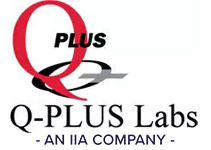

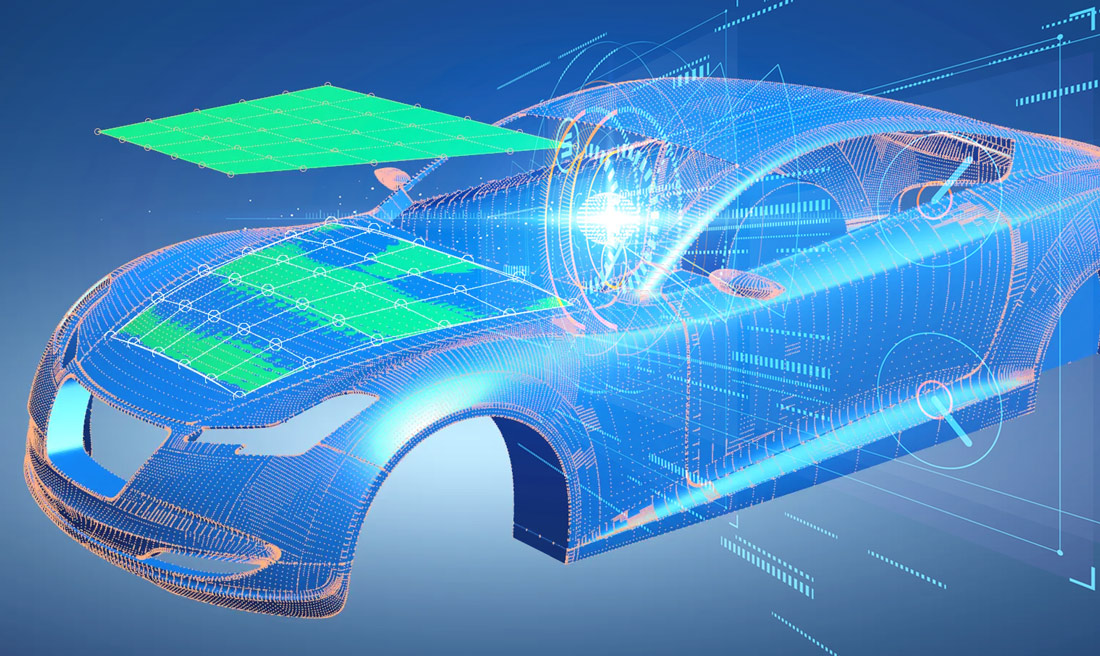
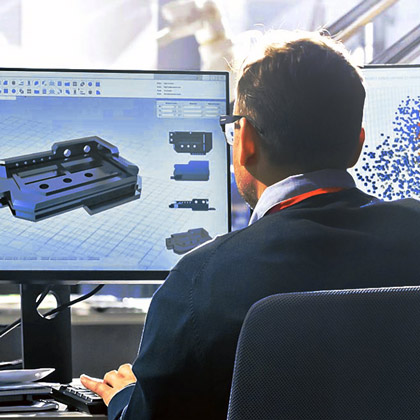
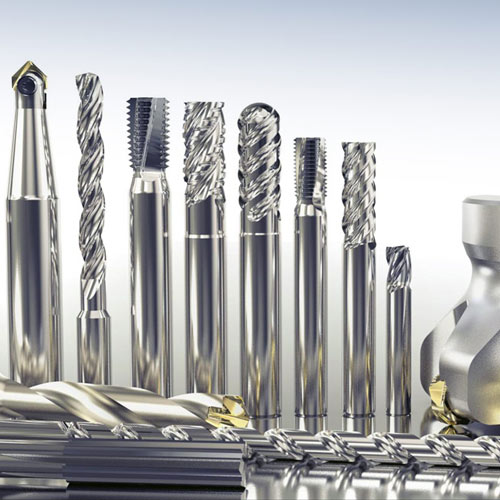
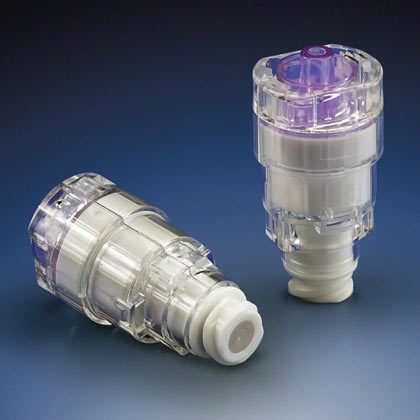

Leave A Comment
You must be logged in to post a comment.